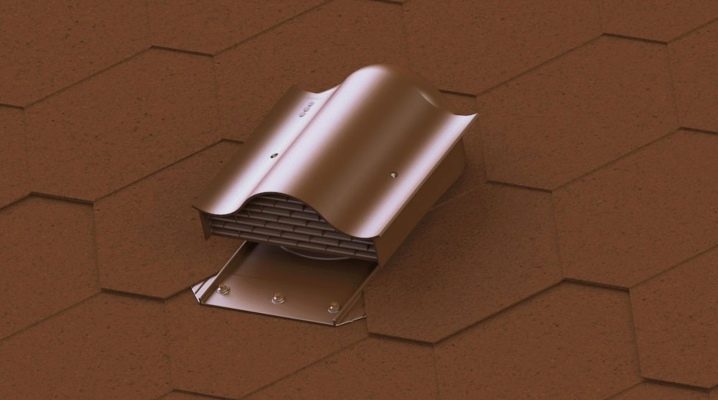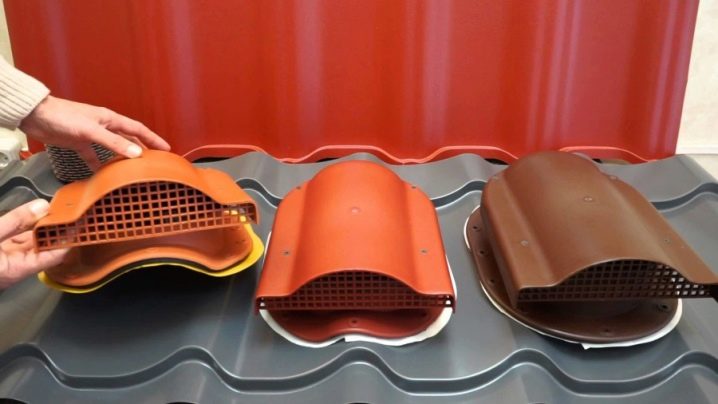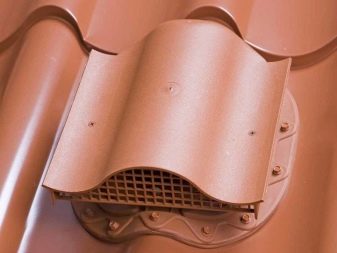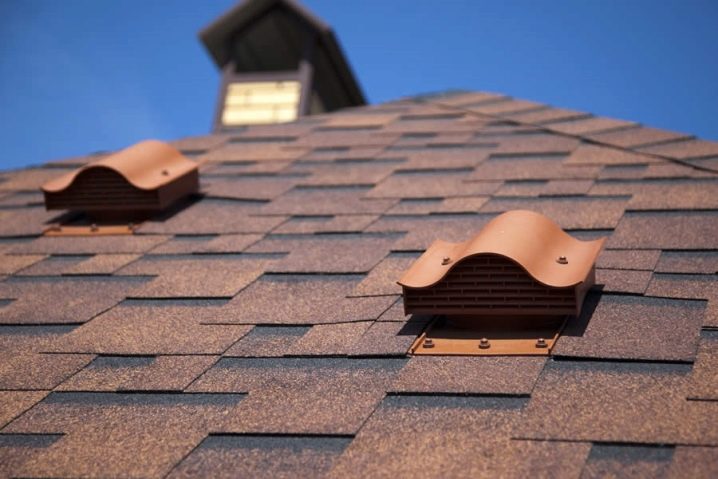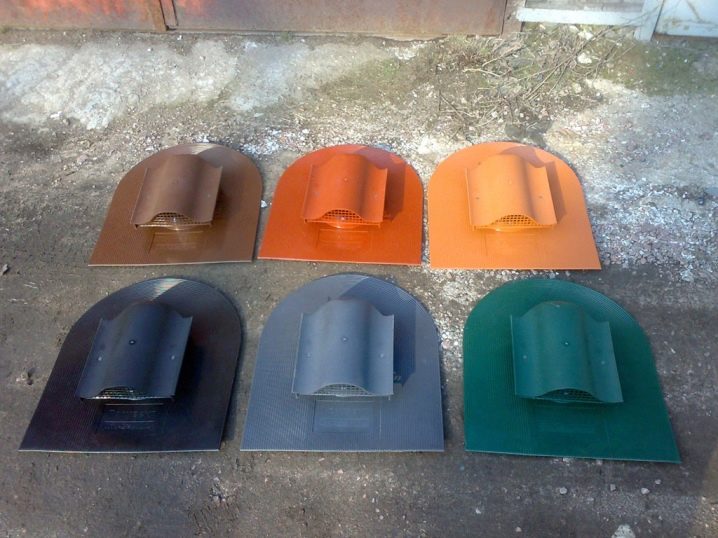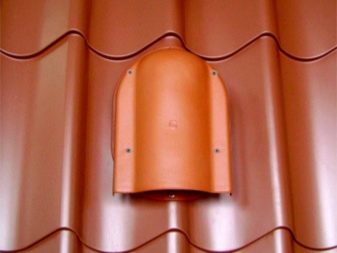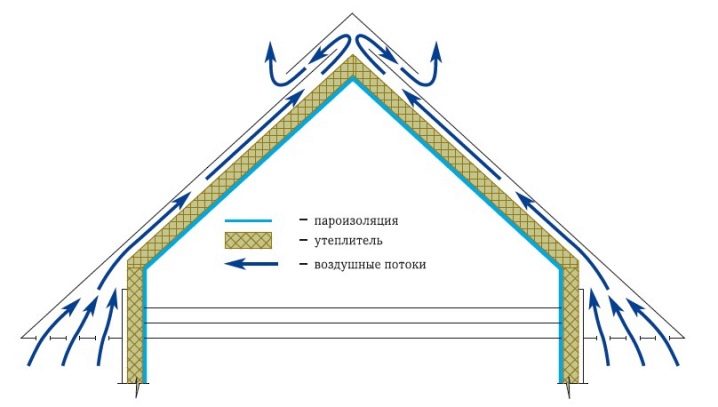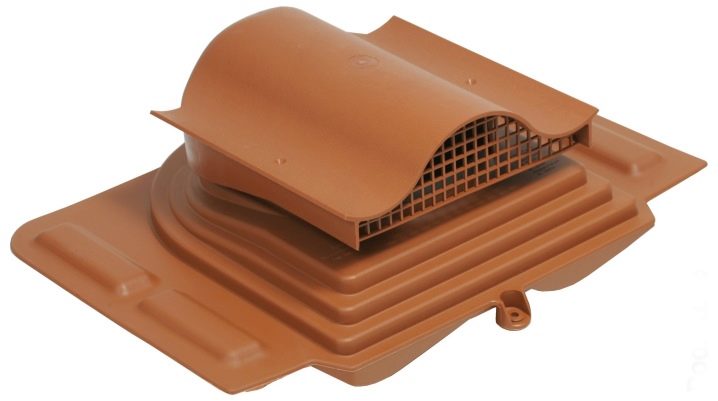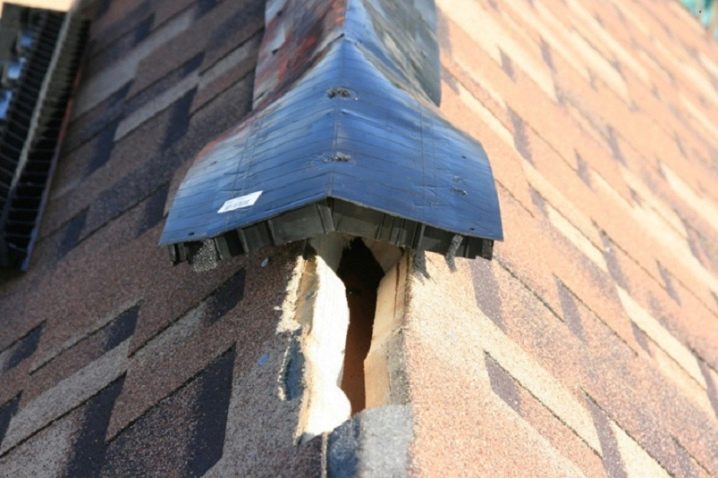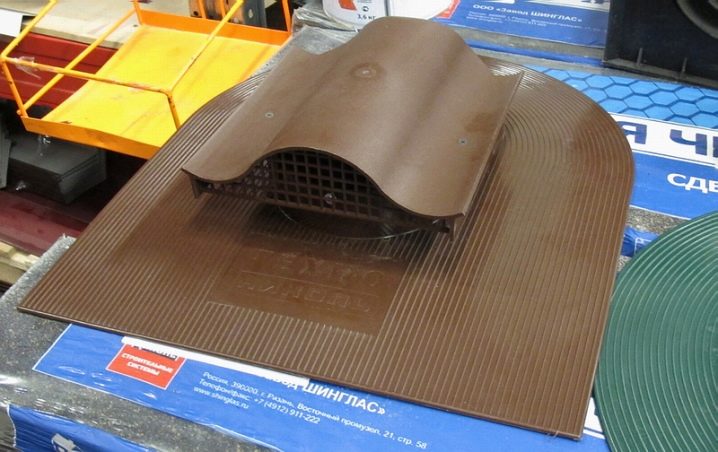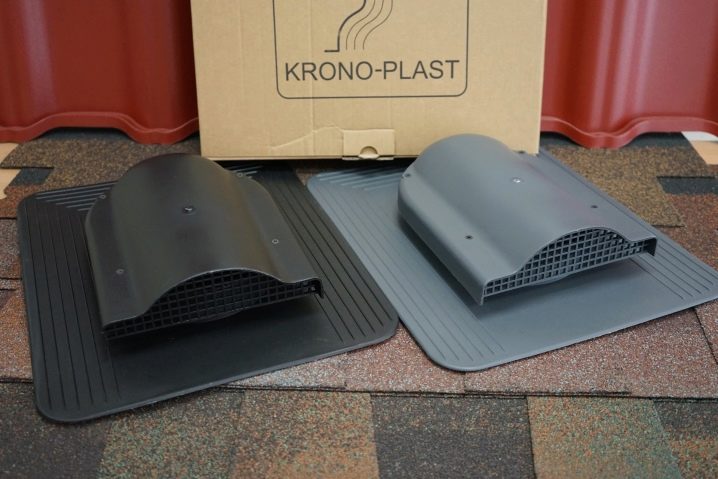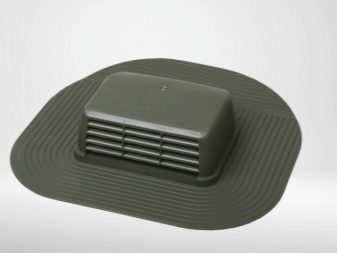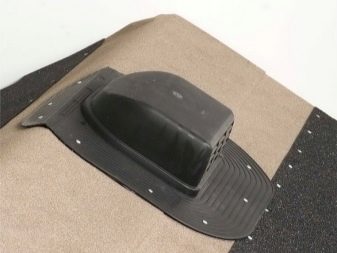Roof valves: selection and calculation of the number
Modern roofing replace the outdated counterparts. Attic roofs are becoming increasingly popular. And many owners are concerned about how to protect floors from the formation of dampness, mold, fungus and rust. The output is a roof valve.
What is ventilation for?
Roof - protection of people living in the house from the weather and the structure itself. A well-constructed roof is a pledge of a safe structure. Moisture may form under the roofing coating by diffusion, condensation of steam, or due to impervious defects in the coating itself. Also, the reason may be the moisture contained in the building materials themselves, formed by improper storage or protection.
Moisture can be a serious problem. Everything can begin with rotting or rust bearing structures and end with the collapse of the roof and walls. Moisture reduces the coefficient of insulation, contributes to the formation of putrefactive fungi, which can be dangerous for structures, to carry a threat directly to humans. In the cold season, excessive moisture can turn into ice and cause damage to chimneys, drainage pipes, or even power outages. Roof ventilation will help to avoid all these problems.
Advantages and disadvantages
Ventilation must be installed on all types of roofing, whether it be flexible tile, slate, metal tile or folding.
It has the following advantages:
- constant humidity and temperature in the attic or attic;
- preservation of the characteristics of the insulating material;
- reducing the cost of heating;
- maintaining optimal temperature on the ground floor during the cold season;
- optimization of the temperature level over the entire surface of the roof;
- obstacle accumulation of ice and snow;
- relief of load on roof bearing floors;
- optimal temperature in the hot season due to ventilation capacity.
For mansard rooms, the device of roofing ventilation is mandatory, regardless of the climatic feature of the area.
The disadvantages of some options is to remove the cap from the inside of the salary. They can not be disassembled, as the cover is disposable. If you work with it to make some effort, the latch breaks. For this reason, the valve will have to be changed.
Device
The air in the ventilation always moves bottom-up. Cold gradually heats up and rises higher. It falls under the roof of the eaves, in which there must be holes and gaps for ventilation. Their size is directly dependent on the angle of the roof slope. If the angle is more than 15 degrees, they should be equal to 10 mm, if less, then 25 mm.
Types of holes in the eaves can be divided into:
- the gaps between the eaves and the wall of the building;
- holes made in the eaves (can be of various shapes);
- shingles having air vents for ventilation (they are laid in the fourth row from the bottom).
Many people with insulation of roofs and attic rooms cover the ventilation holes with thermal insulation. Which leads to disruption of the flow of air.
From the air vents and gaps, the air rises parallel to the roof covering up, where it goes through the valves. It can be a ridge produkh, prikondovaya tile or roof-pinhole valve, they are also called point aerators.
They can be placed in different places of the roof. The number and frequency with which roofing valves should be installed directly depend on the area occupied by the roof, the climatic conditions of the area. For every 50 square meters. m roof you need to install one outlet vent. Some manufacturers supply valves with special caps with baffles that improve traction and reduce the required number of valves themselves. They can be installed on the ridge and roof slope.
Kinds
There are several types of roof gates. Their choice depends on the type of roof. Horse-point valves are mounted on the finished roof. Their device: salary, protective mesh and cap. To improve the sealing of the clutch with the roof, a rubber gasket is installed at the bottom of the valve. Installation must be done using screws for metal.
Taps for shingles are considered the most reliable. The lower part is covered with shingles for better grip and sealing. It is arranged, like the previous one, if desired, it is easily disassembled. Installation is made using bituminous glue (mastic). It is necessary for sealing.
The horse-point valve is a simpler and cheaper option than the first one. If you need to remove the cover from it, the latches on which it is held may break. Ridge deflectors - valves for roofs, they have a slope angle of 350 degrees or less. Located on the ridge, due to its structure increases traction force. Below is a bend edge, thanks to which the deflector is mounted on the roof. The bend angle is easily changed, which facilitates its installation on different types of ramps.
Ventilated skates can only be used on horizontal skates, except for any inclination.
They are made of plastic that can withstand the weight of an adult. They are equipped with a fine-meshed mesh that prevents insects from penetrating under the roofing. They are mainly produced by Ridge Master.
Roof valves for metal tiles are used on pitched metal roofs with a segment height of not more than 38 cm.Roof vents are manufactured by Technonikol, Krovent KTV-Wave, Huopa, Skat, Pelti and Muotokate. Each of them has a wide selection of shapes and colors. The base are brown, black and green tones.
Installation
Before installation, you need to decide exactly which roofing valves you choose for yourself, and also calculate their number. Usually the manufacturer indicates the area of each instance. The installation itself must be carried out acting strictly according to the instructions. For example, the valve for soft tile should be installed directly in the process of laying the roofing. For metal, you can already after installation, after carefully removing the segment, which will take the place of the valve. Ventilated skate can replace the old one.
See the installation process for the roof vent in the video below.
